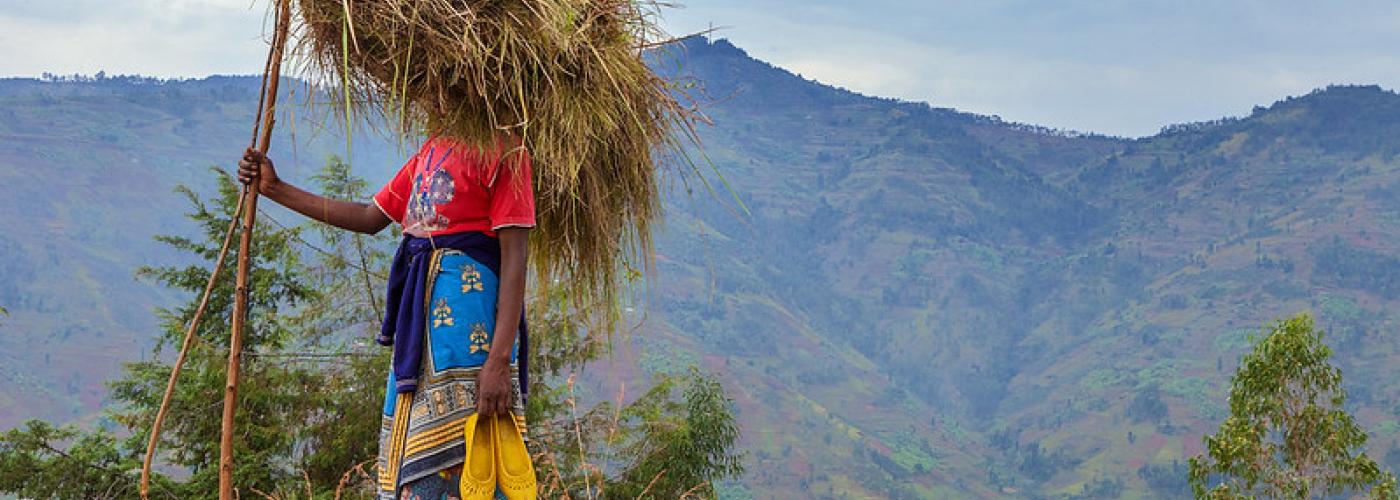Supporting Women Throughout the COVID-19 Emergency Response and Economic Recovery
Image

This post introduces a resource from the World Bank Africa Region Gender Innovation Lab on the impact of COVID-19 on existing gender inequalities in economic opportunities across Sub-Saharan Africa.
In addition to its immediate adverse impact on women’s and girls’ health and education, the COVID-19 pandemic has the potential to further exacerbate existing gender inequalities in economic opportunities across Sub-Saharan Africa:
- Women-owned firms, for example, which are primarily concentrated in informal or low-paying sectors, lack basic formal social protection that would provide a buffer against economic distress.
- Women farmers often have lower access to productive inputs, information, and liquidity than men — so in times of crisis, their farm productivity and food security will likely be hit hard.
- School closures and a reduction in health services can interrupt the trajectories of adolescent girls at a critical life juncture.
- Risks of gender-based violence (GBV) can also be heightened during times of crisis, isolation, and confinement.
This report highlights evidence from the Africa Gender Innovation Lab and other promising research on mechanisms that can help protect the lives and livelihoods of women and girls — at the household level, in firms and farms, and during adolescence — in the context of the COVID-19 pandemic. While these interventions focus on improving economic and social outcomes for women, many of them also have positive impacts for men. In addition to the below strategies, all operations should consider measures to reduce potential violence against women.

